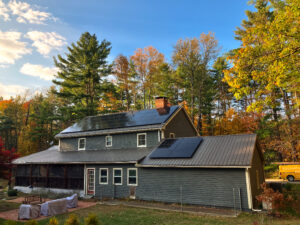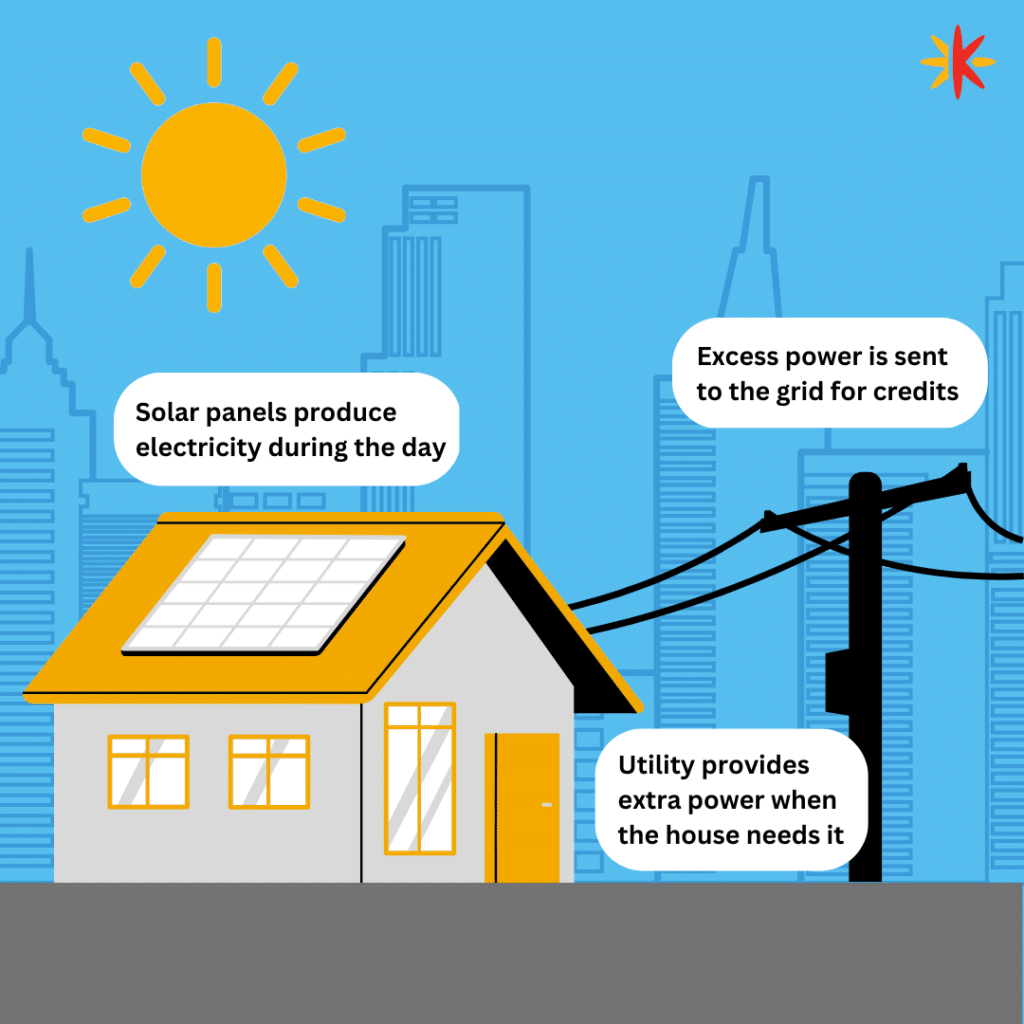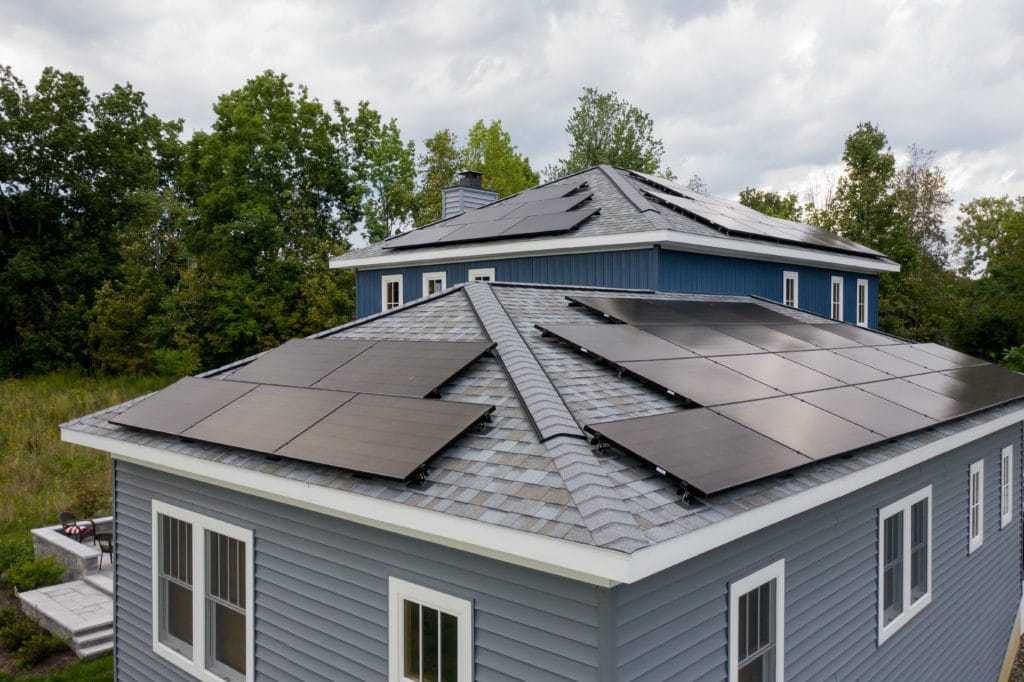
5 Solar Myths That Might Be Holding You Back From Savings
Solar energy is one of the most promising and sustainable sources of renewable energy in the world. However, there are still many myths and misconceptions around solar panels that prevent some people from fully embracing





